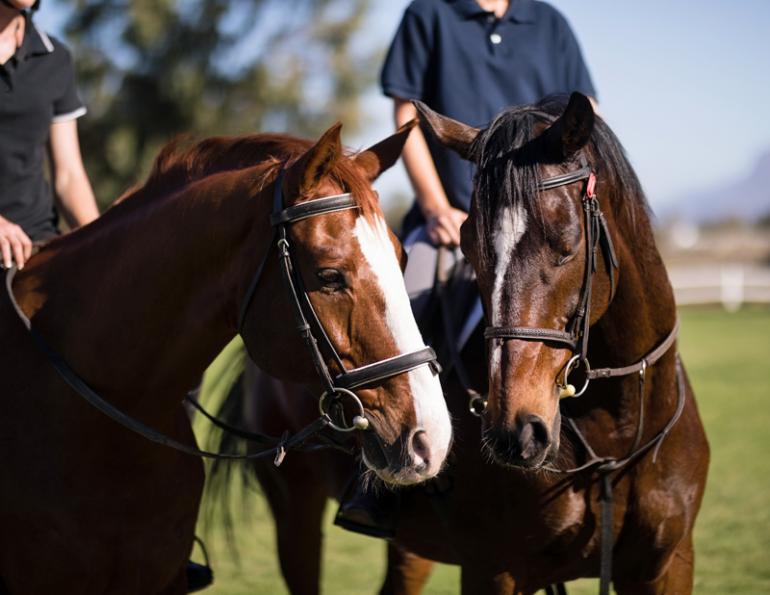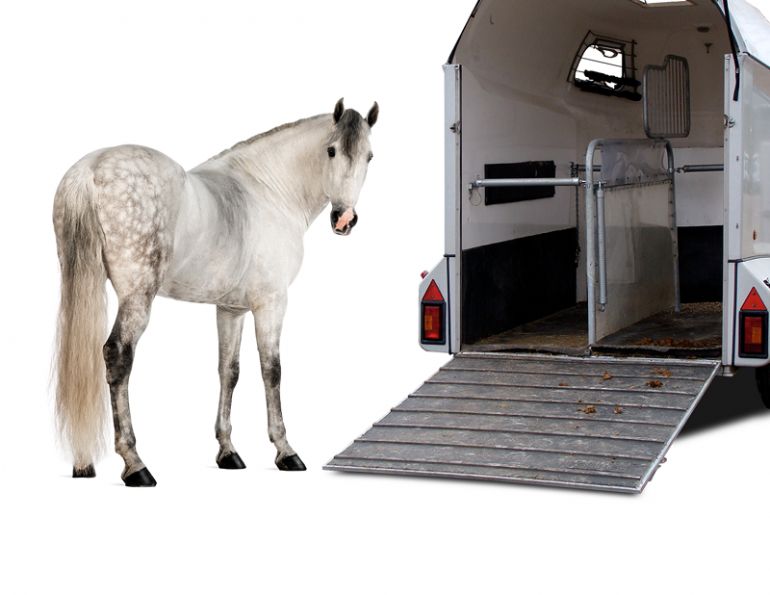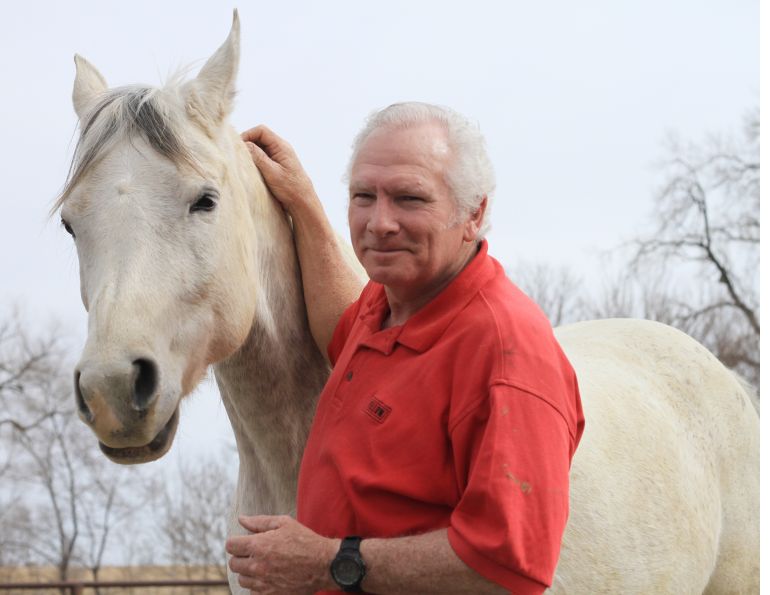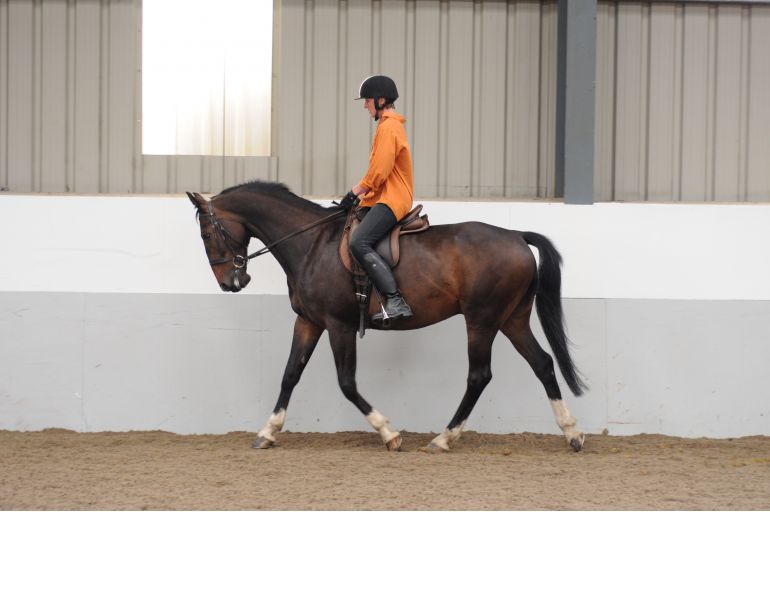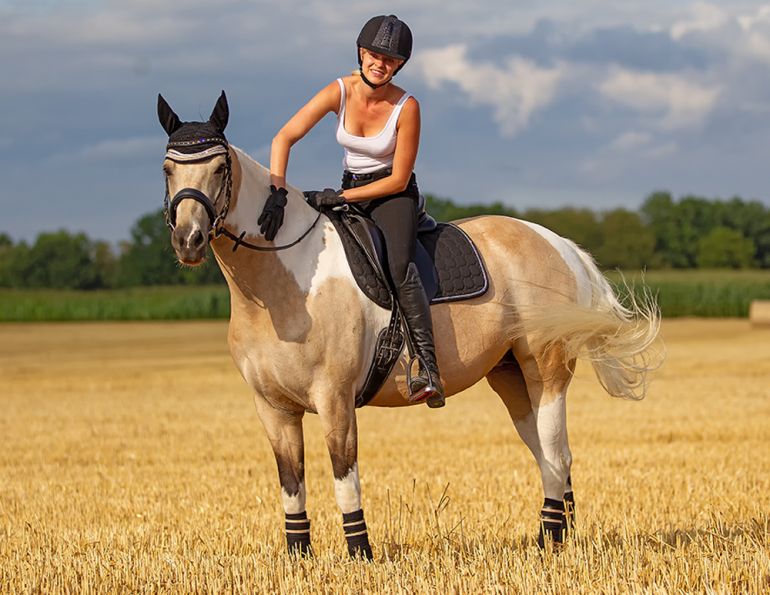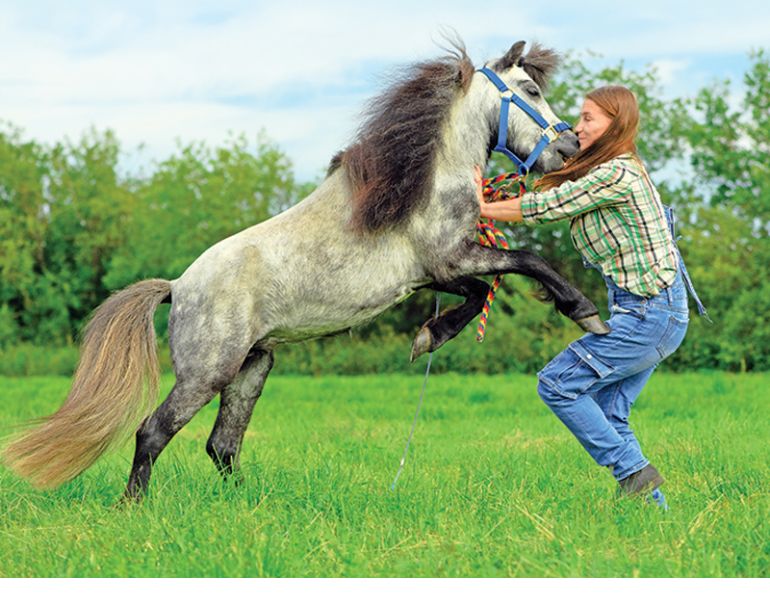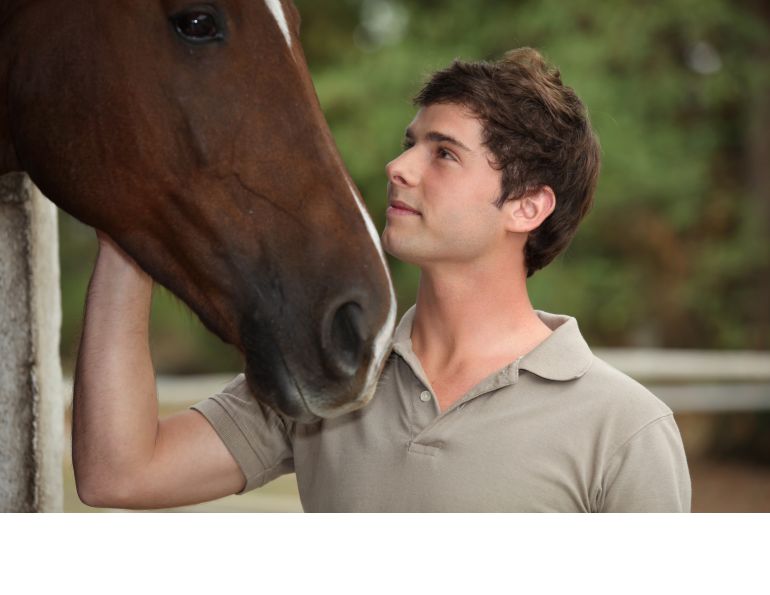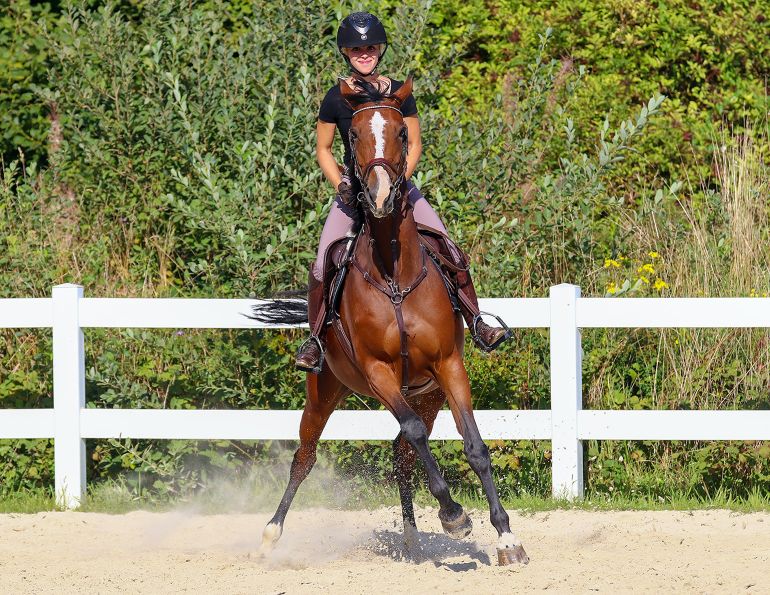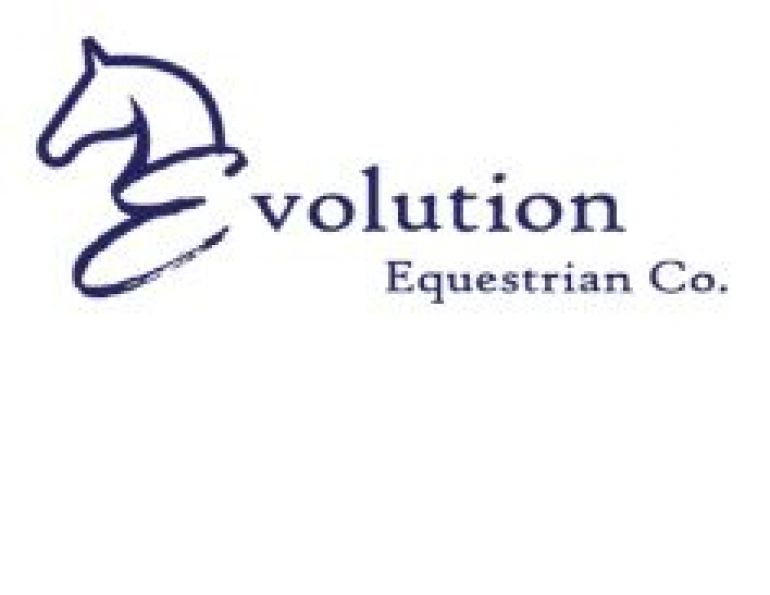Recent research has revealed negative attitudes towards mares.
By Mark Andrews
Stallions have often been considered difficult or dangerous, but now it seems that mares are being tarred with the same brush. A study into riders’ perceptions of horse temperament and suitability for ridden work, based on horse sex, found that mares are also seen as “bossy” or “unreliable.”
The research, published in the scientific journal PLOS ONE, has found horse riders are applying human gender stereotypes to horses - a form of anthropomorphism - which could lead them to overlook the merits of mares and fillies.
Lead author Kate Fenner, a Ph.D. student in the Sydney School of Veterinary Science, expressed concern that this gender bias against mares could also jeopardise their welfare.
“When riders assume their horses are being ‘bossy,’ ‘difficult,’ ‘flighty,’ or ‘unwilling,’ they may be more likely to punish or correct them as a result,” she said.
“A mare disobeying a rider’s signal could be interpreted as the horse having a ‘bad attitude’ and be met with punishment,” she continued. “However, when a gelding, thought to be reliable and easygoing, disobeys the same signal, the rider may be more likely to conclude that the horse had not understood the signal and work to establish the signal-response pattern with the horse using reinforcement.”
The research shows that both mares and stallions are considered bossy or difficult, but most leisure riders don’t ride stallions because of an existing belief that they may be dangerous.
The study surveyed 1233 people, 94 percent of whom were women, and 75 percent were horse riders with at least eight years’ experience. The predominance of women in the study is representative of the riding population in Australia, said senior author Professor Paul McGreevy of the Sydney School of Veterinary Science.
The questionnaire asked respondents to allocate three hypothetical horses (a mare, a gelding, and a stallion) to four riders: a woman, a man, a girl, and a boy. Riders were described as equally capable of riding each horse and each horse was described as suitable for all riders.
Participants were significantly more likely to allocate the stallion to the man and nearly 50 percent of respondents did not allocate a horse to the boy, even though they ranked rider gender as the least important factor in their choice.
They were also asked which horses (mares, geldings, or stallions) were most suitable for the three equestrian disciplines of show jumping, dressage and trail riding. They overwhelmingly chose geldings for trail riding, with mares being least preferred for both dressage and show jumping.
When given the choice of a mare, gelding, or stallion to ride, more than 70 percent of respondents chose the gelding, despite being told all the horses in the scenario were competent for a specific task.
Professor McGreevy believes the gender stereotyping is based on folklore and could ultimately be a self-fulfilling prophecy.
“If you’ve grown up believing that mares are moody or fiery or difficult, you will tend to approach them accordingly and ride them differently, then the horses themselves will respond differently,” Professor McGreevy said. “This kind of prejudice against females is a bit like the traditional bias against horses with chestnut (ginger) hair. Many riders believe a chestnut mare is inherently stroppy or more fiery, and there is no evidence for this.”
Professor McGreevy said the prejudice underlined the need for the upcoming global survey of horse behaviour from the University of Sydney, due to be launched soon.
For more details, see the Open Access article It’s all about the sex, or is it? Humans, horses and temperament.
Printed with permission from Mark Andrews, Equine Science Update.
Photo: Shutterstock/WaveBreakMedia



